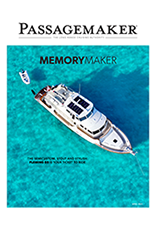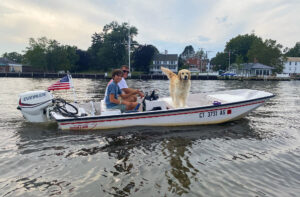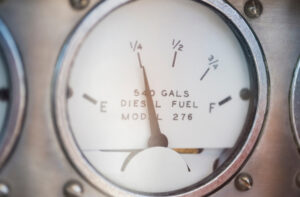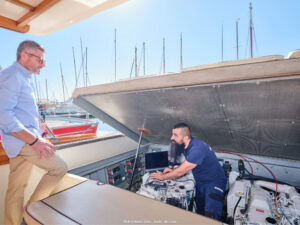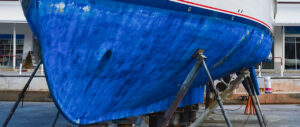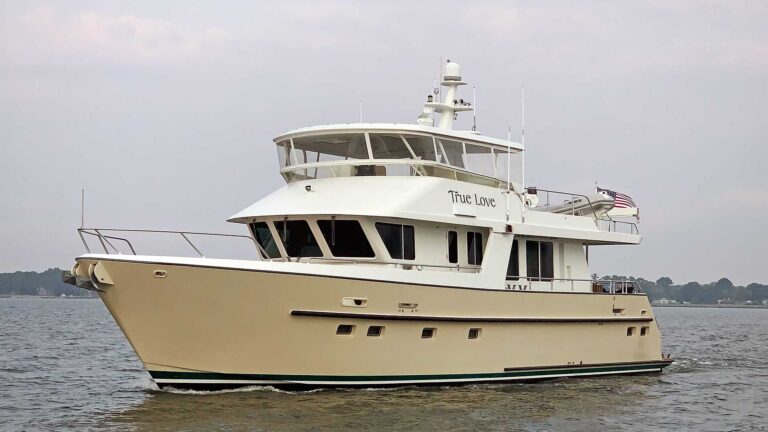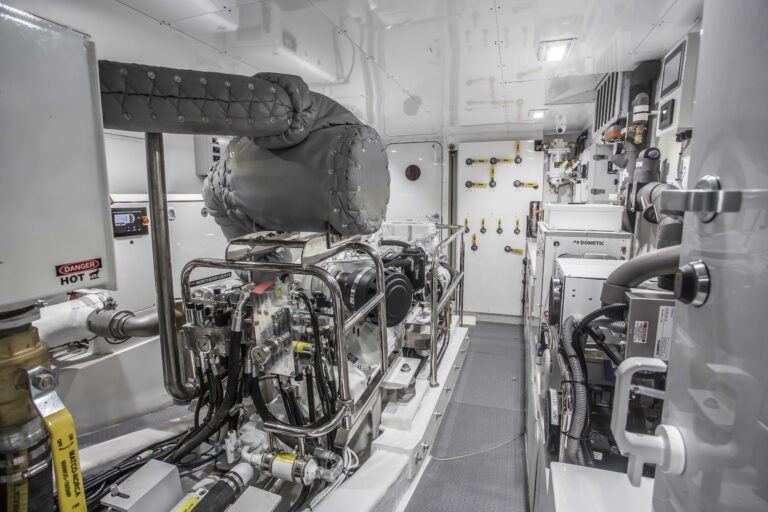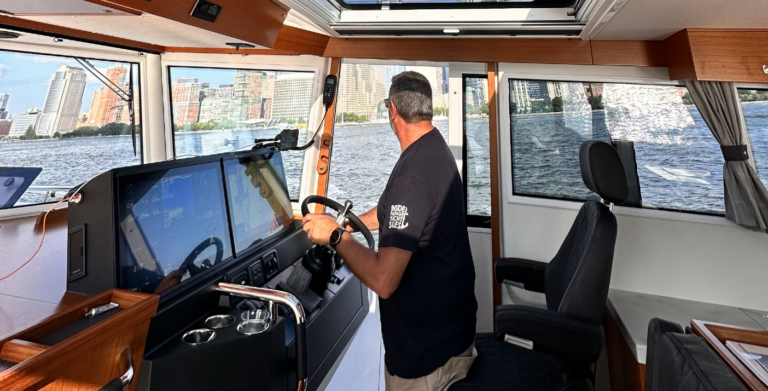
In the second part of our series on navigating under bridges, we’re going to review how to safely communicate with bridgetenders, and how to handle your boat around the structures.
Communications and Schedules
Bridges over most of the country’s waterways monitor VHF channel 13, however, there are regional differences; for example, in Florida, they monitor channel 9. Most bridgetenders prefer that you wait until you are in sight of the bridge before calling for an opening. Given the close proximity in which you will be calling, waiting also allows you to set your radio to low power, which helps reduce interference from other nearby communications.
If you are approaching a bridge that only opens at a set time, do not assume it will open for you at that time without calling first. Even if you are idling at the bridge, the bridgetender may not know your intentions—or have an obligation to interrupt road traffic—unless you ask for an opening.
If a bridgetender does not answer on VHF radio, wait a brief period and call again. Make sure you’re hailing by the correct name, especially in an area with multiple bridges. Most bridges also have phone lines, and their phone numbers may be listed in cruising guides or online. Last, you may revert to the old-fashioned way of requesting an opening: sounding one long and one short blast of the ship’s whistle.
Whenever communicating navigation information with a bridge, always follow a closed-loop process. Make your request, and make sure they acknowledge it.
After calling the bridge, stay on the bridge’s radio channel, as you may need to receive information while you’re waiting. If possible, it helps to have two radios, with one remaining on 16 and the other on the bridge’s operating channel. Be mindful of the limited power and range if one of those radios is a handheld.
Bridge schedules are set to best accommodate the needs of road and waterway traffic. Bridgetenders are charged with serving both, but for one exception: emergency traffic. Bridges will always prioritize or make exceptions for emergency traffic on the roadway or water. Once, we were waiting for a bridge in Norfolk, Va., when the bridgetender informed the boats waiting that the president of the United States was in the area, and the bridge had to stay closed until the motorcade passed over. The best guess on timing was “soon.” It pays to have patience when dealing with movable bridges.
While official bridge documents will sometimes refer to a bridge opening as “on demand” or “on request,” I find it better to approach bridges with the latter state of mind. Bridgetenders are not automatons; they have personalities, along with good and bad days. Be nice to them, and they are more likely to be nice to you. Always thank the bridgetender for the opening after you pass under. In areas with bridges close together, if you have harsh words with one bridgetender, the next bridge you need opened likely will have heard that exchange.
With bridges that open on request without a schedule, it is common for a bridgetender to request that a boat wait for another approaching boat. Conversely, when approaching bridges that operate on a set schedule, understand that the bridgetenders may or may not be able to hold the bridge open for approaching but distant boats. They have to be sensitive to the needs of road traffic. If they say they can wait, then watch your speed trying to get to them, as areas around bridges typically have restricted speed zones.
The U.S. Coast Guard requires bridgetenders to log the names and times of all boats passing through. They are not just asking out of curiosity. Even if the name is clearly marked on the side of your boat, state the name slowly over the radio and spell it if asked.
Plan To Wait
It is inevitable that you will have to idle at a bridge, waiting for an opening. Pay attention so that wind and current don’t take your boat into the bridge.
There is usually another boat waiting on the other side of the bridge. The bridgetender will not determine who goes first or has right-of-way. This is for you and the other boat to
negotiate. Communicate passing arrangements on VHF channel 13 or whatever channel the bridges use in that area. If there is noticeable current, then the boat traveling with the current has right-of-way, but beyond that, all that matters is that the skippers agree.
When passing under the bridge, be mindful of the current’s velocity increasing between the bridge supports. This is especially troubling when you are traveling with the current, as you will have less rudder control.
Railway bridges are usually unmanned and stay in an open position until a train is approaching. While trains do run on a schedule, the time of passage over bridges is unfortunately not published for the benefit of boaters. In heavily congested areas, notices of bridge closings are announced over the VHF radio.
Watch the weather closely. Some bridges have restrictions for wind or high water, and may not open when wind exceeds a certain velocity. The Alligator River swing bridge in North Carolina is well known for this.
Bridges are a part of boating. With a little planning and a little patience, you can navigate under them safely.
This article was originally published in the May/June 2022 issue.
